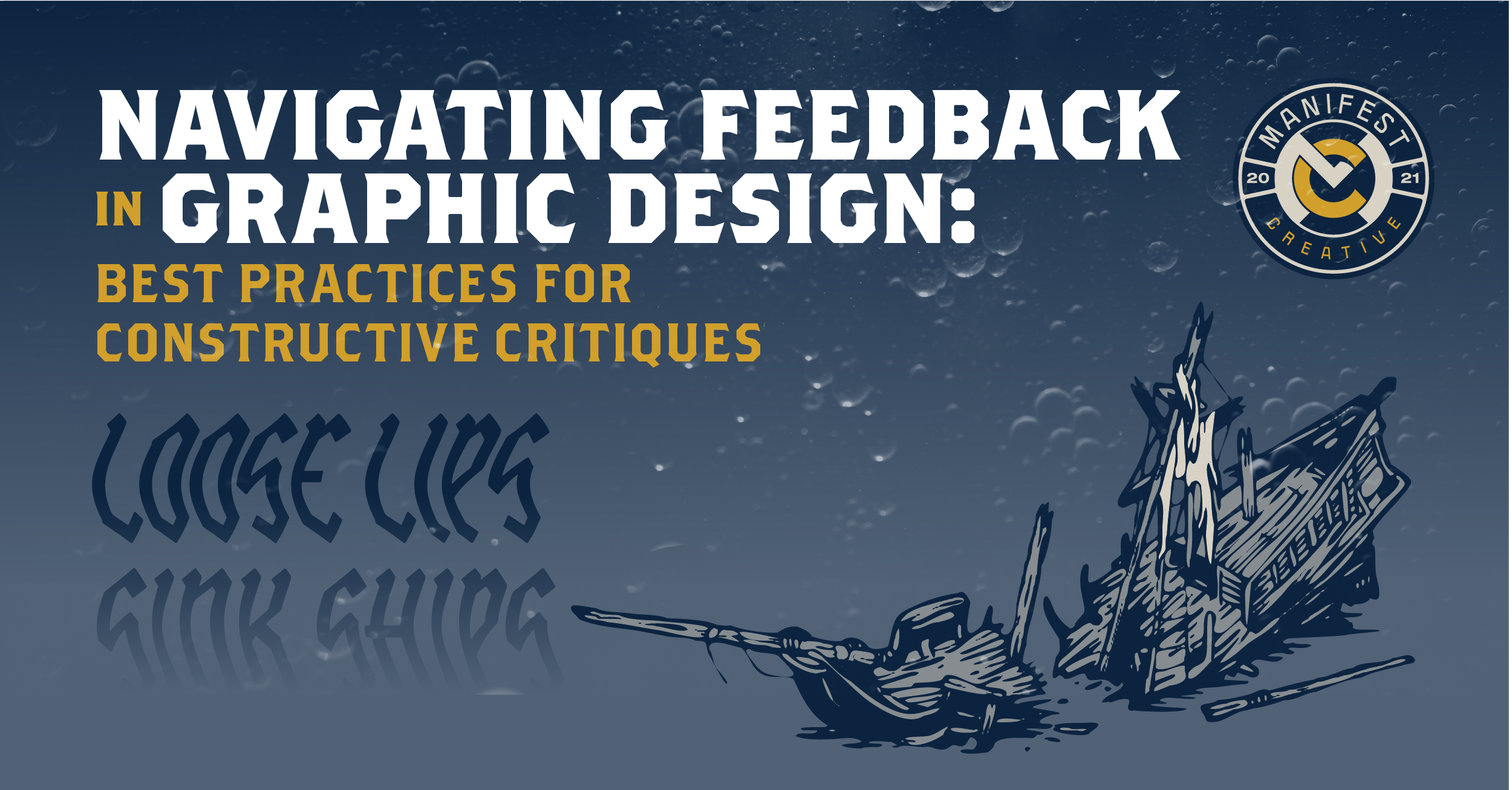Navigating Feedback in Graphic Design: Best Practices for Constructive Critiques
Feedback is a vital component of the creative process in graphic design. It helps designers refine their work, encourages growth, and ensures that projects meet the needs and expectations of clients and audiences. Whether you are discussing a peer's work, receiving feedback from a client, or offering constructive criticism to a colleague, knowing how to navigate these interactions effectively is essential. Here are some best practices for each scenario to help you make the most out of feedback.
1. Talking About Other People's Work
When discussing the work of others, especially within a professional or academic setting, it's important to maintain a respectful and constructive approach. Here are some tips:
Be Respectful and Constructive: Approach critiques with a positive attitude. Focus on specific elements of the design, such as composition, color, typography, and how they contribute to the overall effectiveness of the piece. Avoid personal opinions or negative remarks about the designer.
Use Objective Language: Describe what you observe and its impact on the work. Instead of saying, "I don't like this color," try "This color choice seems to evoke a calm mood, which might not align with the energetic theme."
Highlight Positives: Begin by acknowledging what works well in the design. This creates a positive foundation for any suggestions for improvement.
Ask Questions: Encourage dialogue by asking the designer about their choices and goals. Understanding their perspective can lead to more meaningful discussions and insights.
2. Receiving Feedback from a Client
Receiving feedback from clients can sometimes be challenging, but it's an opportunity to align the design with their vision and objectives. Here's how to handle client feedback effectively:
Listen Actively: Give your full attention to the client's feedback. Take notes and make sure you understand their perspective and needs.
Clarify and Confirm: Paraphrase their feedback to ensure you've understood their concerns and expectations. This helps prevent misunderstandings and ensures you are on the same page.
Remain Open and Professional: Approach criticism with an open mind and avoid being defensive. Remember that feedback aims to achieve the best outcome for the project.
Discuss Solutions: Suggest alternatives or solutions to address the feedback while maintaining the integrity of the design. Collaboration can lead to better outcomes and satisfaction for both parties.
3. Giving Feedback to a Colleague
Providing feedback to a colleague requires a balance of support and constructive criticism to encourage improvement without stifling creativity. Here are some tips:
Be Specific and Relevant: Offer clear, actionable feedback that is directly related to the design goals and project brief.
Be Supportive and Encouraging: Offer positive reinforcement alongside constructive criticism. Highlight the strengths in their work to encourage confidence and motivation.
Focus on the Work, Not the Person: Ensure your feedback is about the design and not personal attributes or abilities. This helps maintain a professional and respectful environment.
Offer Suggestions, Not Directives: Encourage exploration of different approaches rather than prescribing solutions. This fosters creativity and independence in design thinking.
Other Scenarios for Giving Criticism
In addition to the scenarios above, feedback is often given in various other contexts:
Peer Reviews in Educational Settings: When reviewing assignments or projects, focus on learning objectives and criteria provided by instructors. Offer feedback that helps peers understand areas for improvement.
Design Critiques in Professional Settings: Participate in formal critique sessions where designers present work and receive feedback from peers or mentors. This can lead to valuable insights and inspiration.
Portfolio Reviews: Provide feedback on portfolios by focusing on the overall presentation, consistency, and impact of the work. Highlight areas that demonstrate the designer's strengths and offer suggestions for enhancing weaker areas.
Design Competitions: When judging design competitions, provide feedback on how well entries meet the competition criteria and offer insights into strengths and areas for improvement.
Feedback is an invaluable tool in the world of graphic design. Whether you're giving or receiving it, the key is to foster an environment of growth, learning, and collaboration. By approaching feedback with empathy, effective communication, and a focus on constructive criticism, designers can enhance their skills, create better work, and build stronger relationships with clients and colleagues.

